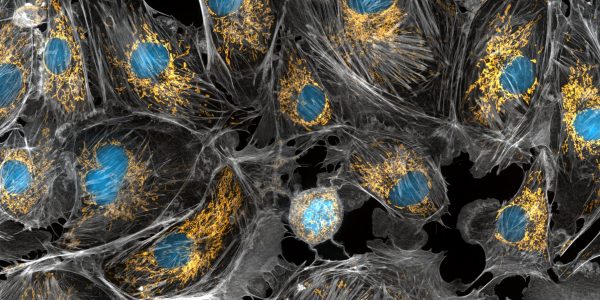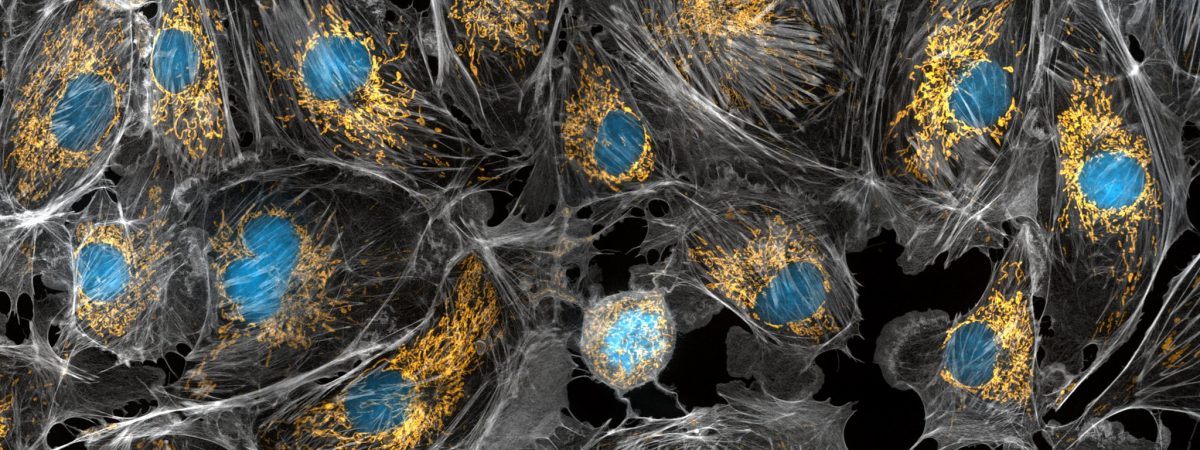Paths for quantum computing include the possibility of solving problems like the brain in the ways that AI hasn’t.
There are autonomous vehicles with neural net, but they don’t have their own fear emotion to know what it means to crash or crumple, or understand the risks or consequences as what can make them have fear. Humans still process fears for vehicles—that with a ton of sensors and collision avoidance system, crashes abound.
There are smart assistant devices and smartphones, but when they are falling, they don’t know or understand. There is a limit to what they process with certain experiences.
Neurons—their chemical and electrical impulses—in the brain, build or construct thought [and memory] for experiences. It is not simply the neural network that matters in the direct sense, but their construct.
It is what determines how relationship is made with the world, it is what determines intelligence, conscious experiences, feelings and so on.
So how can quantum computing leap the regimentation of AI of input, hidden and output layers, to qubits of thought and memory in the smallest possible unit relaying across destinations to make determinations.
For example, say there’s a miniaturized quantum computing processor for vehicles, in a parallel sensor with a memory of crashes of other vehicles, as well as what happens to vehicles before and where it might lead, so that as inputs come it, it transports to make determinations, understanding risks and consequences, to prevent car crashes, it would take quantum computing into an everyday world solution.
Quantum computing simulating the brain can also be used to build a model of thought and memory, such as to show people how the experience of thought and memory works, for mental health.
Across experiences, thought and memory are constant. They are the basis or decision makers of everything observed and for interactions with the world.
There is little in the universe of brain science, on thoughts — their properties, rules, and so on, different from the intense focus on neurons and their synapses.
But thoughts are everywhere, .all the time, presenting a possible application for quantum computing amid several predictions of being years away from solving more problems, within and beyond encryption.
Thoughts or their form is how senses are represented, which is also what the memory stores.
There are ways that stores relay in memory locations, in splits, sequences, at speeds and to points, defining experiences that can be can seem like battlefield in some form.
Quantum computing has an opportunity with thoughts and memory, buoying many of the criticisms and challenges [scale, decoherence, gate fidelity improvement to more orders of magnitude, and so on] of present.
There was a recent paper on consciousness, Bidirectionally connected cores in a mouse connectome: towards extracting the brain subnetworks essential for consciousness, seeking to define the source of consciousness in the brain, though consciousness is the extent that things can be known in the moment, given by memory but enabled by thought or its form, which has exceeded mirroring [AI] by classical computers, but holds promise with quantum.




